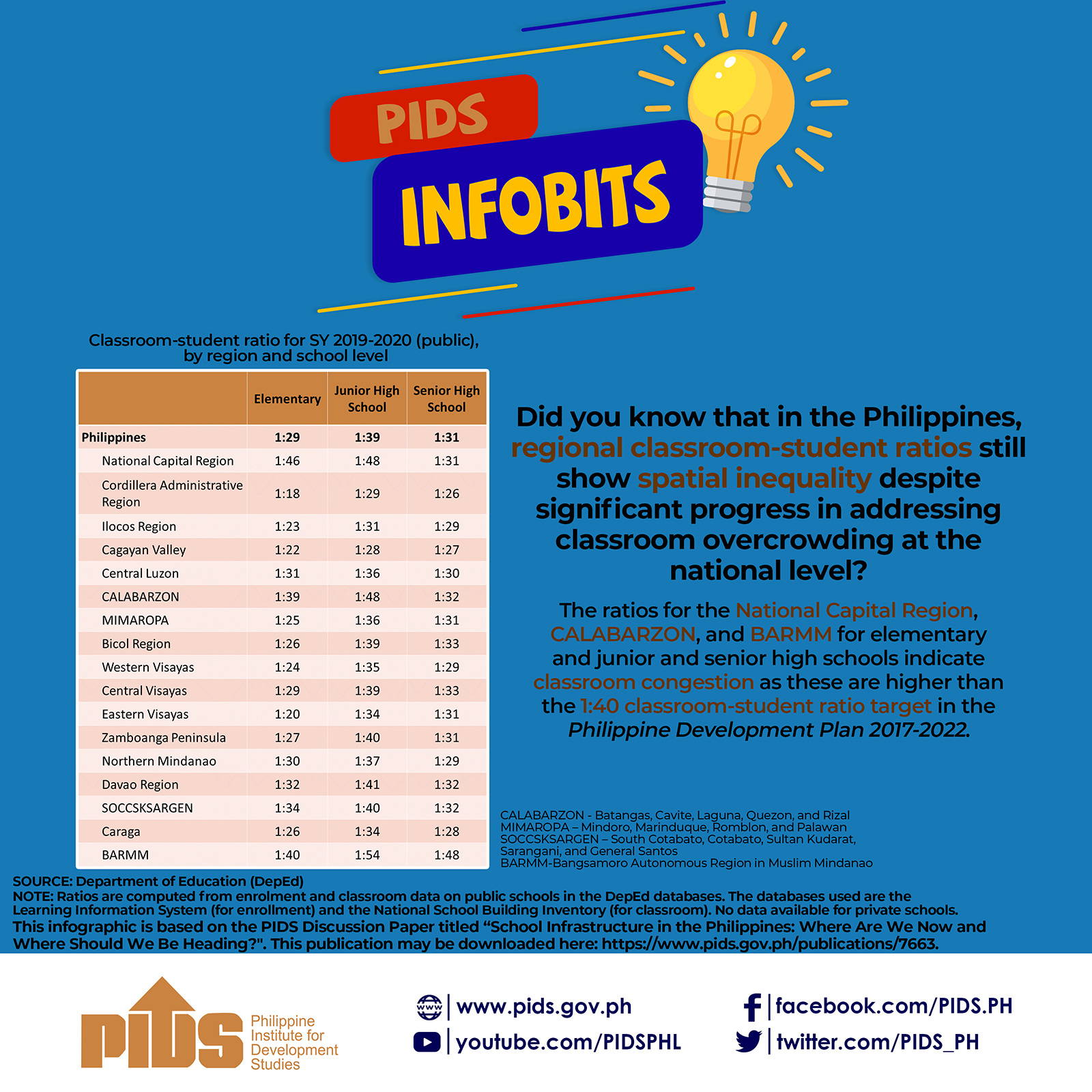MANILA, Philippines—It will take at least nearly a decade to return the Philippines’ public debt ratio to pre-pandemic levels, and the state-run think tank Philippine Institute for Development Studies (PIDS) suggested it would entail raising tax revenues while slowing down even on productive government spending.
In a presentation before Department of Finance (DOF) officials on Wednesday, PIDS supervising research specialist John Paul Corpus said the think tank’s estimates had shown that “immediately reducing the debt-to-GDP ratio to its pre-pandemic level of 40 percent may be challenging given the large fiscal adjustments required.”
Before COVID-19, debt-to-GDP fell to a record-low 39.6 percent in 2019, but jumped to 63.5 percent at the end of the first quarter of 2022 — above the 60-percent threshold deemed by debt watchers as manageable among emerging markets like the Philippines.
Based on the PIDS’s estimates, raising the primary balance — the gap between revenues and primary expenditures or productive spending — by 1.4 to 3.4 percent of GDP could revert debt-to-GDP to pre-pandemic levels by 2031. This meant increasing the share of tax revenues to the economy, while tempering expenditures on non-priority items.
During the briefing, Dominguez likened the time it would take to revert to pre-pandemic debt-to-GDP to “long COVID” or long-term effects lingering from coronavirus infection. “If 40 percent is the ideal health, we now have long COVID or a minimum of 10 years to get back to that,” he said.
PIDS senior research fellow Margarita Debuque-Gonzales nonetheless pointed out that record-high debts experienced by the Philippines amid the prolonged COVID-19 pandemic was similar to the country’s previous recessions in 1991 as well as during the Asian financial crisis.
These previous debt surges were eventually addressed by privatization of state assets and value-added tax (VAT) reforms, Debuque-Gonzales said.
At a separate press briefing, the World Bank’s senior Philippine economist Kevin Chua said that the pandemic-induced record debt burden “will be a drag” to economic growth.
This was why Chua was pushing for not only sustaining high economic growth but also “careful” fiscal consolidation. The fiscal consolidation pitch of the outgoing Duterte administration’s economic team mainly meant higher or new taxes slapped on consumption plus a three-year deferral of scheduled personal income tax cuts, while slashing public spending on non-priority budget items.
“Pursuing fiscal consolidation will help protect long-term fiscal sustainability,” Chua said.
“The authorities, however, have to carefully manage the risks and trade-offs associated with consolidation. Increased taxation or a reduction of public spending will hold back economic activity in the short to medium term due to the reduction in aggregate demand. However, improved macro management will help safeguard long-term growth,” Chua said.
“To exercise fiscal discipline means that public revenue growth is higher than public expenditure growth in the coming years. This can be achieved through improved revenue collection, better spending efficiency, and increased value for money in public procurements,” Chua added.
Chua nonetheless said the Philippines’ record-high debt pile, which stood at P12.8 trillion as of end-April, remained “manageable” as the majority of these outstanding obligations had long-term maturity, were borrowed in Philippine peso to temper foreign exchange risks and sourced from domestic creditors.
The DOF’s latest estimates as of June 7 showed that if the Ferdinand “Bongbong” Marcos Jr. administration will pursue the complete fiscal consolidation and resource mobilization plan, the Philippines’ debt-to-GDP could ease faster from the estimated 60.7 percent by end-2021 to 59.2 percent in 2023, 57.8 percent in 2024, and 55.7 percent in 2025.
Without fiscal consolidation, the debt ratio was estimated by the DOF to remain more elevated at 60.3 percent of GDP next year, 59.8 percent in 2024, and 58.5 percent in 2025, based on the levels approved by the Cabinet-level Development Budget Coordination Committee (DBCC) last month.
Separate Bureau of the Treasury (BTr) data on Wednesday (June 8) showed that outstanding debt securities it issued locally climbed to a new high of P8.66 trillion as of end-May from P8.64 trillion in April. T-bills and bonds accounted for the bulk of the domestic debt stock.
Outstanding long-dated bonds further rose to P8.13 trillion last month from P8.01 trillion a month ago, while treasury bills again declined to P536.7 billion from P622.6 billion due to maturities.









